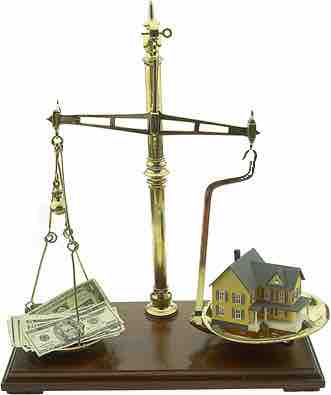The Dividend Decision
Whether to issue dividends and what amount is calculated mainly on the basis of the company's unappropriated profit and its earning prospects for the coming year. The amount is also often calculated based on expected free cash flows, which means cash remaining after all business expenses, and capital investment needs have been met.
If there are no favorable investment opportunities–projects where return exceed the hurdle rate–finance theory suggests that management will return excess cash to shareholders as dividends. However, there are exceptions. For example, shareholders of a "growth stock," expect that the company will, almost by definition, retain earnings so as to fund growth internally.
At the other end of the spectrum, investors of a "no growth," or value stock will expect the firm to retain little cash for investment, and to distribute a comparatively greater proportion to investors as a dividend.
Clientele Effects
This suggests that a particular pattern of dividend payments may suit one type of stock holder more than another; this is sometimes called the "clientele effect. " A retiree may prefer to invest in a firm that provides a consistently high dividend yield, whereas a person with a high income from employment may prefer to avoid dividends due to their high marginal tax rate on income. If clienteles exist for particular patterns of dividend payments, a firm may be able to maximize its stock price and minimize its cost of capital by catering to a particular clientele. This model may help to explain the relatively consistent dividend policies followed by mostlisted companies.
Value Investors
No growth, high dividend stocks may appeal to value investors. Value investing involves buying securities with shares that appear underpriced by some form of fundamental analysis. As examples, such securities may be stock in public companies that have high dividend yields, low price-to-earning multiples, or have low price-to-book ratios. Thus, high dividends and low reinvestment of retained earnings can signal an appealing value stock to an investor.

Investing trade-offs
Value investors trade growth for dividends.